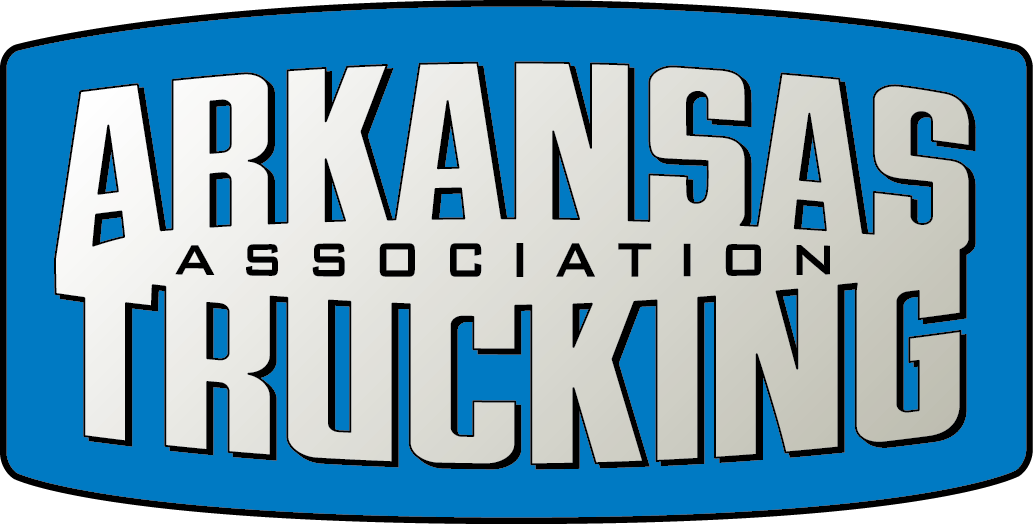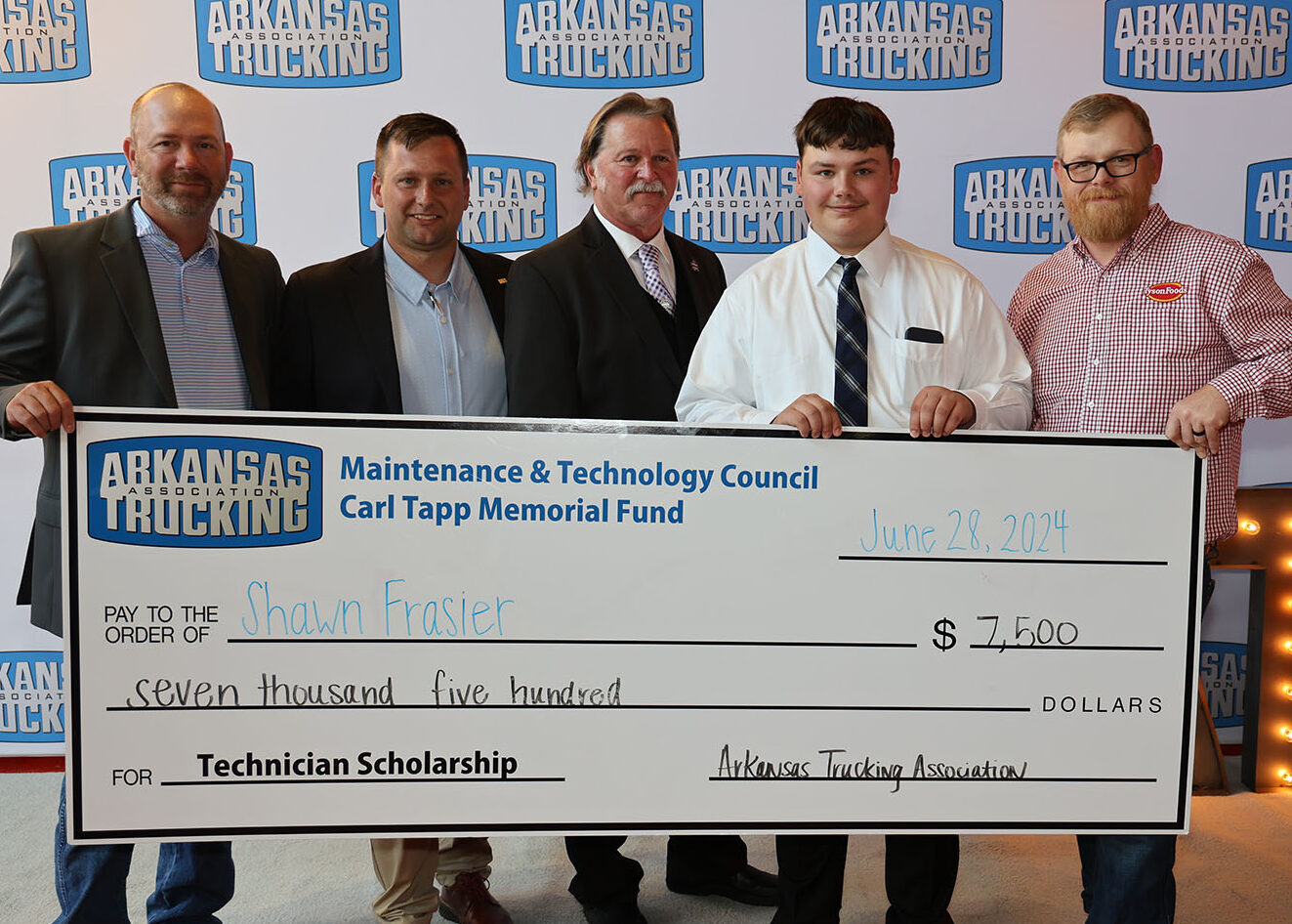Supermarkets and restaurants are changing the physical spaces of their businesses as analysts expect more U.S. shoppers to buy food online in the coming years.
This fall, CNN reported that America’s top grocers are building stores that work more like warehouses to accommodate the growing population who buy groceries online for pickup or delivery, rather than shopping the aisles themselves. NPR reported a similar trend of restaurants operating as delivery-only kitchens (ghost kitchens, virtual kitchens or dark kitchens) that partner with delivery apps like DoorDash, Grubhub, Postmates and Uber Eats instead of hosting patrons in restaurant dining rooms.
Chains like Walmart and Stop & Shop are training workers to fulfill customers’ online orders and utilizing robots to speed up the process in traditional stores. To reduce congestion of virtual and in-person shopping happening in the same aisles, some grocers are testing dark stores. These stores won’t be open for the public to browse. Instead, they will operate as hubs for pickups or delivery so that traditional stores can “continue to serve the needs of those who enjoy the in-store experience,” said a spokesperson for Iowa-based market Hy-Vee.
Online shoppers are still a small percentage of food buyers at just 5 percent for groceries and $27 billion of $800 billion annually for restaurant diners. However, investors have faith the trend will continue.
Uber co-founder Travis Kalanick has reportedly raised hundreds of millions of dollars from Saudi Arabia for his new business, CloudKitchens.
Restaurants can find out if their business is successful in new neighborhoods without investing in a full brick-and-mortar dining experience. And other restaurants offer exclusive menus to app-users. Because Uber collects data on what types of food customers search, restaurants can adapt their menus to what the online diners want, even if it’s different than what you might order at a brand’s typical dinner table.
That could mean a bakery that starts making burgers for delivery “because that neighborhood didn’t have enough burger restaurants,” said Janelle Sallenave, head of Uber Eats in North America.
Expect see more traffic flowing away from your favorite grocery chain and bistro as customers ask for the food to come to them.

